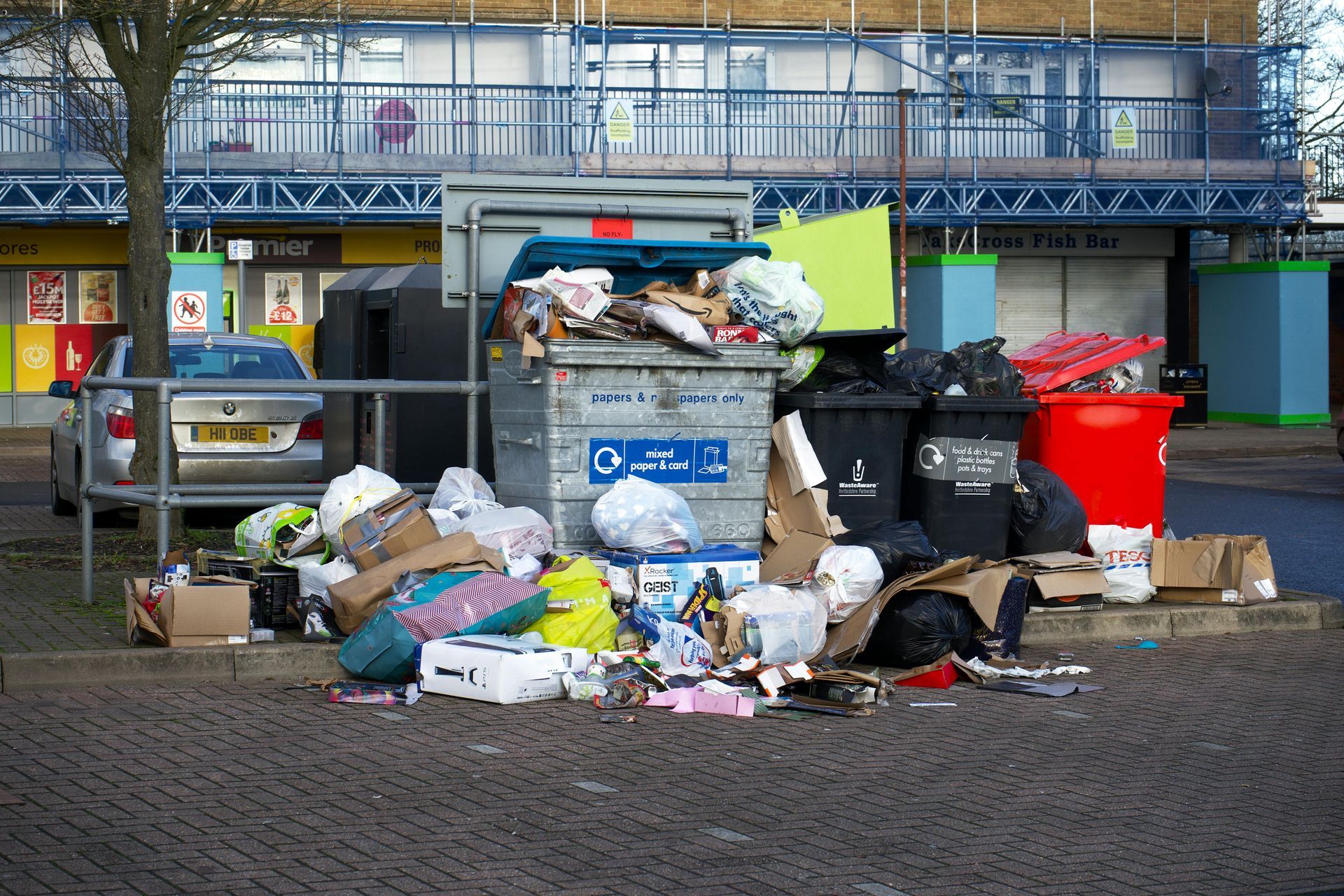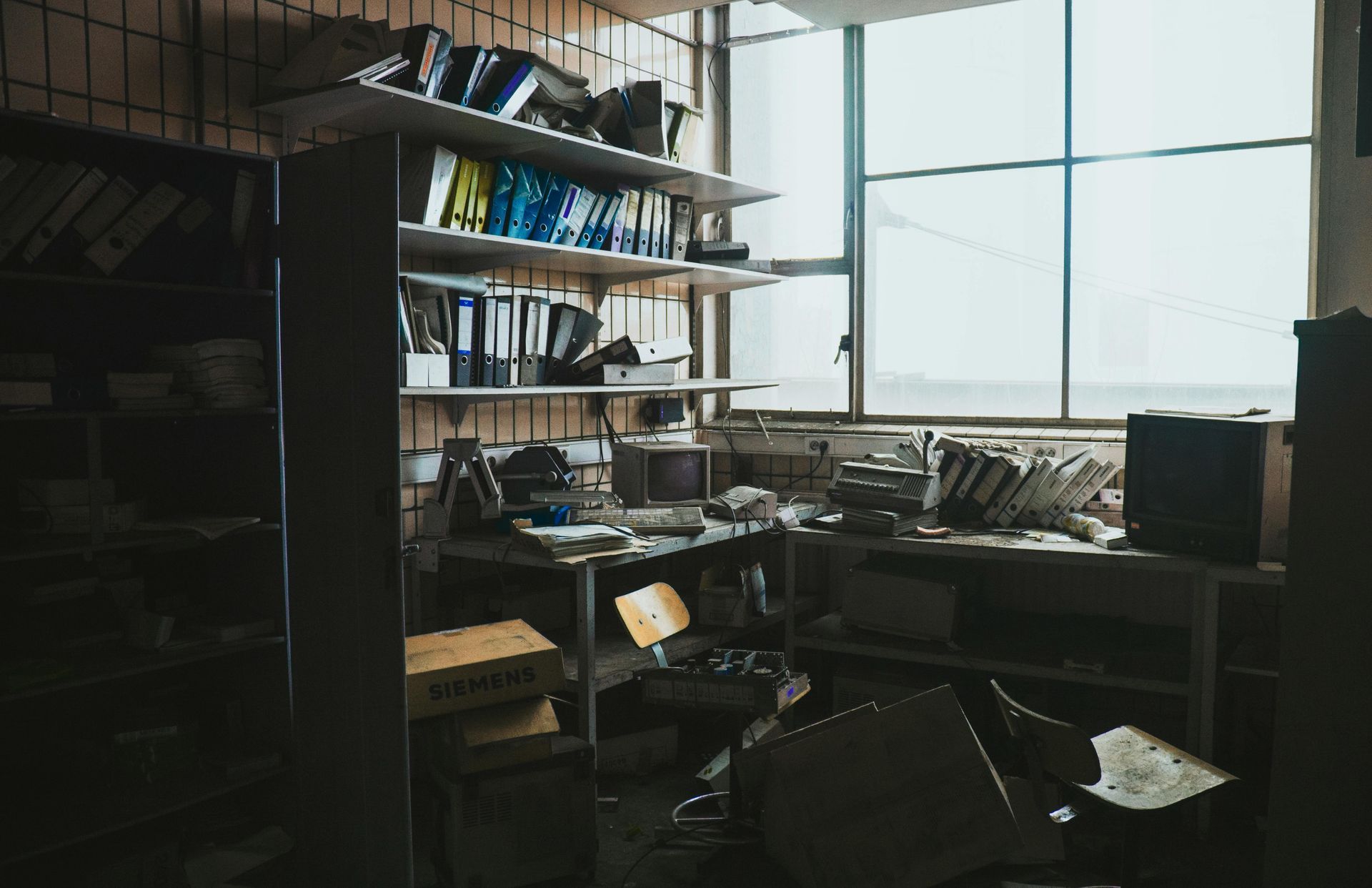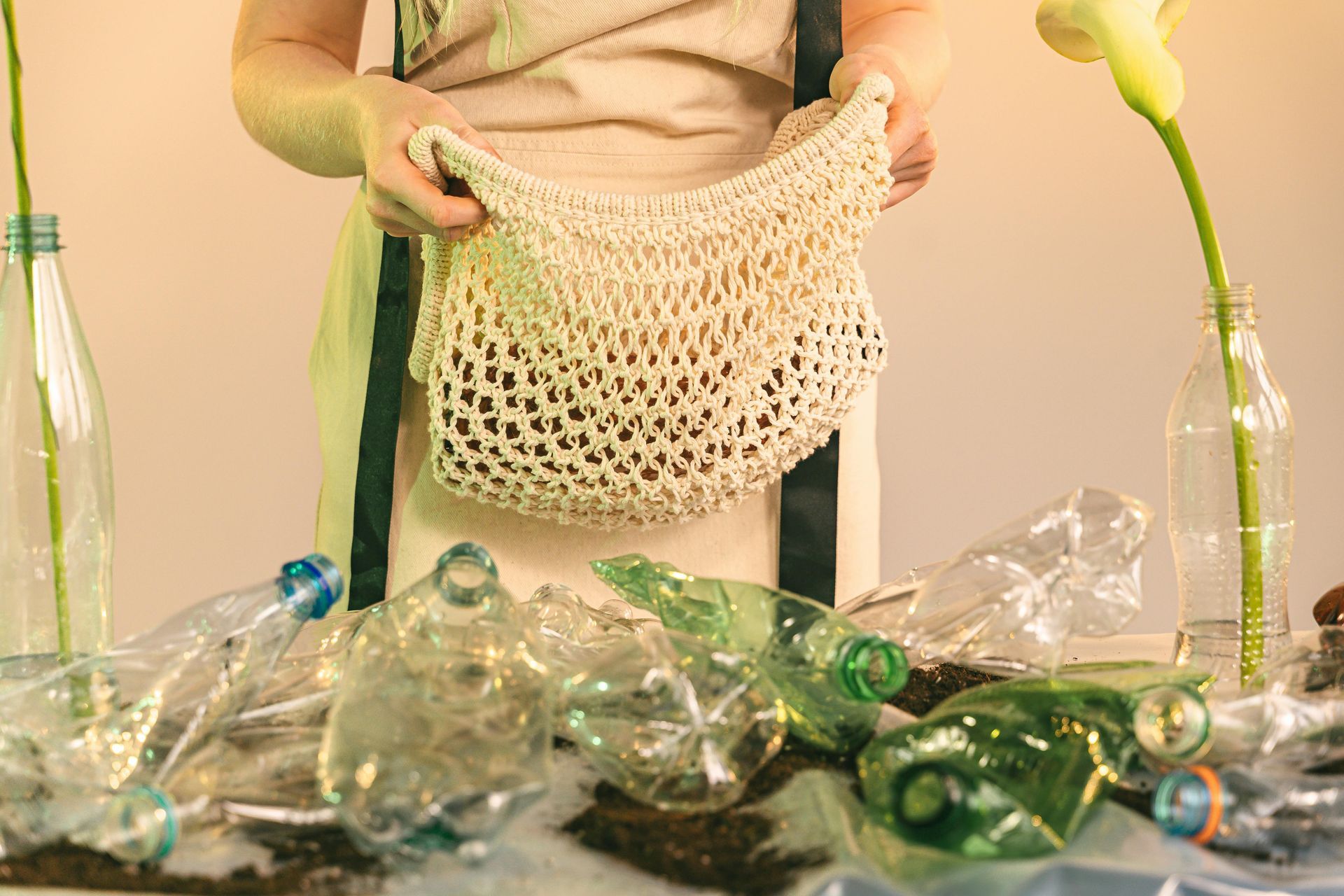Safety First: Tips for DIY Junk Removal Projects

Embarking on a do-it-yourself (DIY) junk removal project can be both rewarding and daunting. While the thought of decluttering and reclaiming your space is undoubtedly appealing, it's essential to prioritize safety throughout the process. From lifting heavy objects to disposing of hazardous materials, there are various risks involved in junk removal. By following some essential safety tips, you can ensure a smooth and injury-free experience. Here are some guidelines to keep in mind for your next DIY junk removal project.
- Assess the Situation: Before diving into your junk removal project, take the time to assess the scope of the task. Determine the types of items you'll be dealing with and whether any pose potential hazards. This includes identifying heavy objects, sharp materials, and items that may contain harmful substances like chemicals or asbestos. Understanding the risks involved will help you plan accordingly and take appropriate precautions.
- Wear Protective Gear: Proper attire is crucial when tackling a junk removal project. Wear sturdy gloves to protect your hands from cuts, scrapes, and potential exposure to harmful substances. Additionally, consider wearing safety goggles to shield your eyes from dust, debris, and any flying particles. If you'll be working in an area with limited ventilation or handling hazardous materials, wearing a mask or respirator is essential to prevent inhalation of fumes or dust.
- Use Proper Lifting Techniques: Heavy lifting is often a significant aspect of junk removal, and improper lifting techniques can lead to back injuries and strains. When lifting heavy objects, remember to bend your knees and lift with your legs rather than your back. Keep your back straight and use the strength of your leg muscles to lift the item, avoiding sudden or jerky movements. If an object is too heavy to lift safely on your own, enlist the help of a friend or use lifting aids such as dollies or hand trucks.
- Sort and Organize: As you begin sorting through your junk, establish separate piles for items to keep, donate, recycle, and dispose of. This not only helps streamline the removal process but also ensures that items are properly handled and disposed of according to their type. Be cautious when handling sharp or broken items, and consider using containers or bins to contain smaller objects to prevent injuries from sharp edges.
- Dispose of Hazardous Materials Properly: Certain items commonly found in junk piles, such as old paint cans, batteries, electronics, and household cleaners, may contain hazardous materials that require special disposal methods. Research local regulations and guidelines for disposing of these items safely. Many communities offer hazardous waste collection events or drop-off locations where you can properly dispose of such materials without harming the environment or endangering public health.
- Be Mindful of Asbestos and Lead: Older homes and buildings may contain materials containing asbestos or lead, which can pose serious health risks if disturbed or improperly handled. If you suspect that any items in your junk pile may contain asbestos or lead-based paint, it's essential to handle them with extreme caution. Avoid disturbing these materials and consider consulting a professional abatement service for safe removal and disposal.
- Stay Hydrated and Take Breaks: Junk removal can be physically demanding work, especially if you're tackling a large project or working in hot weather. Remember to stay hydrated by drinking plenty of water throughout the day, and take regular breaks to rest and recharge. Pushing yourself too hard can increase the risk of fatigue and injury, so listen to your body and pace yourself accordingly.
- Secure Proper Transportation: Once you've sorted through your junk and are ready to dispose of it, make sure you have a reliable means of transportation. Whether you're renting a dumpster, hiring a junk removal service, or making multiple trips to the landfill, ensure that your vehicle or container is capable of safely transporting the items without causing spills or damage to your vehicle.
By prioritizing safety and following these tips, you can ensure a successful and injury-free DIY junk removal project. Remember to assess the risks, wear appropriate protective gear, use proper lifting techniques, and dispose of hazardous materials responsibly. With careful planning and attention to safety, you can declutter your space with confidence and peace of mind.











